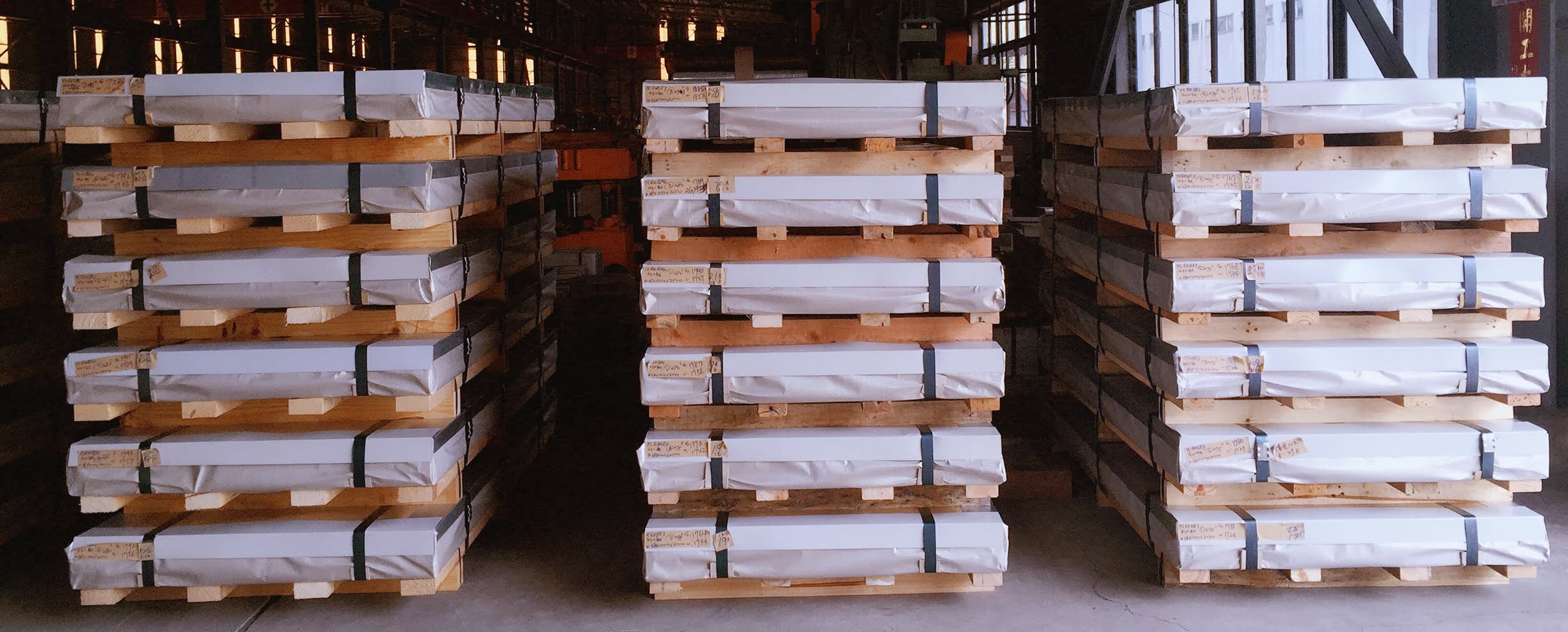Table of Contents

Understanding the 8×4 Stainless Steel Sheet Standard
In the global stainless steel market, 8×4 stainless steel sheets (or 4 feet by 8 feet, equivalent to 1220 mm × 2440 mm) are considered a universal standard. Whether you are in construction, kitchen fabrication, or heavy industry, this sheet size is often the starting point of most design or procurement specifications.
Stainless Steel Sheets in the 8×4 format offer a balanced surface area that fits standard manufacturing machinery, warehouse racking systems, and international container sizing for efficient shipping. B2B buyers often face challenges not in choosing this sheet size—but in choosing the right material grade, surface finish, and a supplier that consistently delivers what they promise.
Let’s explore what makes stainless steel sheet 8×4 a smart choice, and how you can ensure you’re sourcing high-quality material every time.
Why 304 Stainless Steel is the Industry Default
When someone mentions stainless steel, they are most likely referring to 304 stainless steel. This grade (also known as AISI 304 or EN1.4301) is part of the austenitic family,offering excellent corrosion resistance, strength, and workability.
Why 304?
- Corrosion Resistance: Performs well in various environments, including humid climates and mild acids.
- Weldability: Excellent for welding and fabrication in a wide range of industrial applications.
- Cost-Performance Ratio: 304 offers the most cost-efficient solution for general stainless steel needs.
Typical applications of 304 stainless steel sheets in 8×4 format include kitchen backsplashes, elevator panels,
tanks, food processing equipment, and decorative cladding. For many buyers, 304 is not only sufficient—it’s the perfect match for function, appearance, and durability.
When to Choose 316 or 316L Over 304
While 304 stainless steel is sufficient for most environments, there are situations where enhanced corrosion resistance is necessary. This is where 316ss (Stainless Steel 316) and stainless steel 316L come into play. 316 and 316L both contain molybdenum, which significantly improves corrosion resistance—especially against chlorides(like seawater, brine, or harsh cleaning chemicals). The “L” in 316L stands for“low carbon,” making it more suitable for welding and high-temperature applications, where carbide precipitation must be minimized.
You might consider 316/316L 8×4 stainless steel sheets in the following cases:
- Marine applications
- Chemical processing
- Medical environments
- Pharmaceutical plants
- Salt-prone outdoor structures
The difference in cost between 304 and 316 is noticeable, but for critical or aggressive environments, it’s an investment
in longevity and safety.
Choosing the Right Surface Finish and Thickness
Beyond grade and size, the surface
finish and thickness of stainless steel sheets are critical in
ensuring performance and appearance. Common finishes include:
- 2B: Smooth, matte finish; ideal for general applications
- BA: Bright annealed; used in reflective surfaces or appliances
- No. 4: Brushed finish; popular in kitchen equipment and elevators
- HL: Hairline finish; decorative but functional
For 8×4 sheets, common thicknesses range from 0.3 mm to 3.0 mm, though thicker gauges are available upon request.
Choosing the wrong thickness can result in excess weight, higher costs, or structural failure. A reliable supplier will help you match thickness to application, ensuring structural integrity and cost-efficiency.
Supplier Selection: Beyond Price and Availability
One of the most common pain points B2B purchasers report is uncertainty in supplier reliability. It’s not just
about price—it’s about:
- Material traceability
- Consistent flatness and surface finish
- Packaging and transport protection
- Responsive communication and after-sales support
An 8×4 stainless steel sheet may look
standard on paper, but in reality, poor quality control or inconsistent
sourcing can lead to delays, rework, or customer dissatisfaction. Look for
suppliers with:
- ISO 9001 or equivalent certifications
- Full mill test certificates (MTC)
- Flexible MOQ for prototyping or bulk orders
- Ability to offer custom cutting, polishing, or slitting
Trust and repeatability are essential in a long-term procurement relationship.
Final Thoughts: Choosing With Confidence
Whether you’re specifying 304 stainless steel, upgrading to 316L, or simply trying to find the best fit for
your project, understanding standard 8×4 sheet dimensions, grades, and finishes is the foundation of a successful sourcing strategy.
At this point, what you need is not just a material—but a partner who understands your business and delivers precision with every order.
At Genn-Hann Stainless Steel we specialize in cold-rolled stainless steel sheets, including the full range of 304, 316L, and 430 in 8×4 and custom sizes. Our team works closely with clients across manufacturing, architecture, kitchenware, and heavy industry to ensure each sheet meets both technical standards and practical needs.
So if you’re looking for stable quality, technical support, and reliable delivery—you may have just found your long-term
supplier.
Futher more stainless steel sheet processing: https://www.ghinox.com/metal-processing/#cutting-line
FAQ
Q1: What is the actual size of a stainless steel sheet 8×4?
A1: The standard size is 1219mm x 2438mm, with thickness options ranging from 0.3mm to 8mm.
Q2: What is the difference between 304 and 316L stainless steel sheets?
A2: 304 is suitable for most indoor and outdoor uses, while 316L contains molybdenum for superior corrosion resistance in coastal and chemical environments.
Q3: Can stainless steel sheet 8×4 be customized?
A3: Yes, Genn-Hann offers custom cutting, slitting, and surface finishing based on client requirements.
Q4: Is stainless steel sheet suitable for outdoor use?
A4: Absolutely. For outdoor or marine exposure, 316L stainless steel is recommended due to its excellent weather resistance.
Q5: How fast can stainless steel sheet 8×4 be delivered?
A5: With abundant stock and advanced machinery, Genn-Hann ensures fast delivery via truck, sea freight, or air freight.